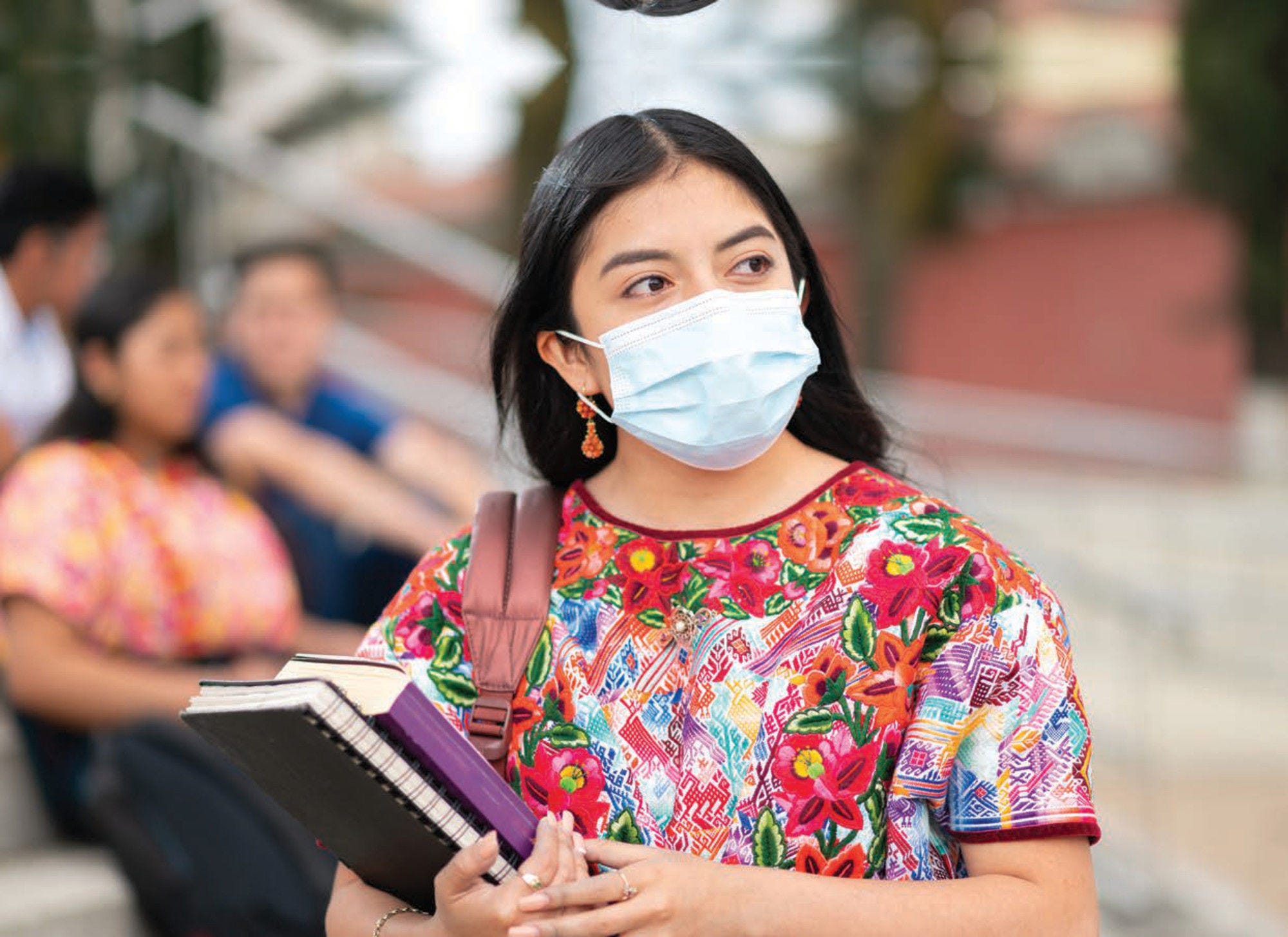Climate change is one of the biggest challenges for humankind. It is linked to many different types of environment distress, such as extreme temperatures, spread of tropical diseases and their vectors, and air pollution. Air pollution is already the most significant environmental health risk and a major cause of death and disability, and its future impact is likely to be even greater if adequate policy action is not developed. Projections have estimated that outdoor air pollution may cause between 6 million and 9 million premature deaths a year worldwide by 2060, and cost 1% of global GDP as a result of sick days, medical bills, and reduced agricultural output (OECD, 2015[1]).
In LAC27 countries, the annual number of deaths of adults aged 65 and over attributable to heat exposure has increased on average by almost 240% when compared the period 2000‑04 to 2017‑21. Ecuador experienced the highest percentual increase, at 1 147%, followed by Honduras (547%) and Dominican Republic (457%). Uruguay, Argentina and Costa Rica showed the lowest increases in the region, all below 100% (Figure 4.23).
The basic reproduction number (R0) for dengue, mosquito-borne disease transmitted by the Aedes aegypti and Aedes albopictus species of mosquitoes as vectors, increased in LAC when comparing the period 2012‑21 to 1951‑60. On average, LAC33 had an increase in the R0 associated to the Aedes aegypti species by 0.32, and by 0.46 for the Aedes albopictus species. Ecuador, Peru and Colombia exhibited the highest increases, with dengue R0 related to both species increasing by more than 0.8, while Jamaica, Dominican Republic and Haiti experienced decreases related to both species ranging from ‑0.03 to ‑0.17 (Figure 4.24).
In LAC31 countries, mortality rates attributed to household and ambient air pollution in 2016 were on average 40.2 age‑standardised deaths per 100 000 population for females and 56.2 for males. Mortality rates for men were higher than for women across all LAC countries with available data. Haiti had the highest mortality rates for both women and men at 172 and 198 deaths per 100 000 population, respectively. Uruguay, Bahamas and Costa Rica had the lowest mortality rates in the region, with less than 20 deaths per 100 000 population for women, and less than 30 for men (Figure 4.25).
Inter-sectoral policies are needed to address the impact of climate change. Countries can start planning to address pollution and its impacts on health, for instance, by creating partnerships with various international, national, and local stakeholders, including local city authorities and ministries of industry, environment, transport, and agriculture, as well as regional bodies as those existing in Latin America and the Caribbean. Reducing crop burning and lowering emissions from motor vehicles and industries would lower ambient air pollution. Health systems can also contribute, by preparing for new diseases that can develop with new climate and biodiversity conditions, promoting consumption of sustainably grown and sourced food, and reducing the carbon footprint of health facilities. In addition, health providers can reduce the environmental footprint in hospitals and in nursing homes by encouraging healthier food consumption, waste reduction, and efficient energy use (Landrigan et al., 2018[2]; OECD, 2017[3]).



